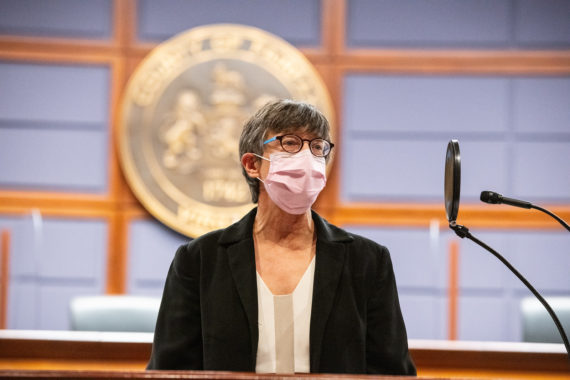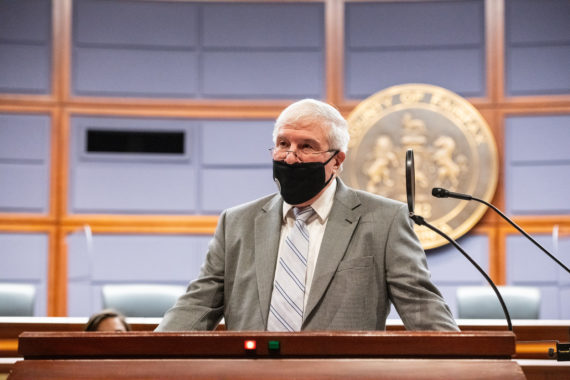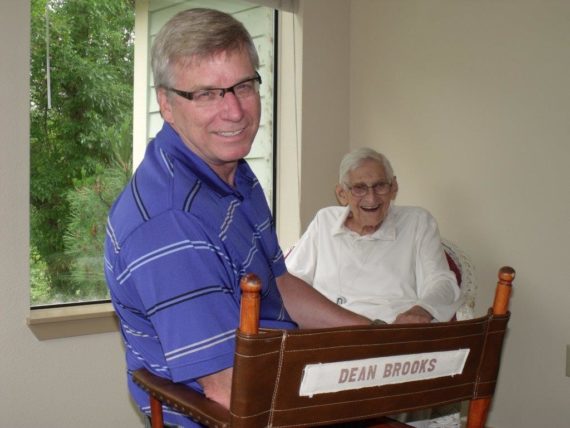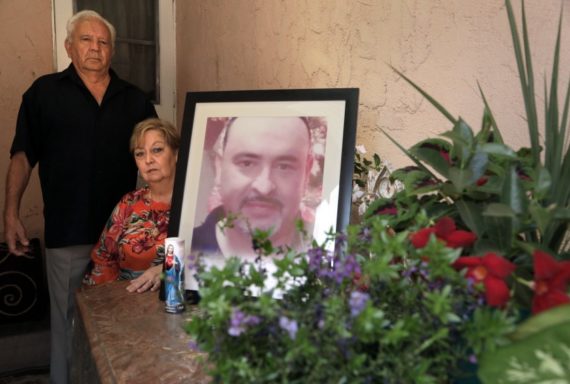
Judge Tina Snee of the Fairfax County General District Court speaks at first mental health docket graduation. Photo courtesy of Fairfax County Government.
(10-6-20) I want to thank Fairfax County General District Judge Tina Snee for answering questions about the county’s mental health docket, which is an important part of the overall Diversion First program that was created to divert individuals with mental illnesses and addiction problems into treatment services rather than having them languish in jail and ultimately being released untreated.
- What made you agree to add a mental health docket to your already full schedule as a Fairfax County General District Judge?
I joined the bench in 2015 from a background of civil litigation. It was my first immersion into the criminal justice system, and I was surprised at the number of defendants who presented, or charges reflected mental health and/or addiction issues. I was approached by Fairfax Court Services to see if I would be willing to work cross agency on the Fairfax County Diversion First Initiative. We decided it would be beneficial to add a Behavioral Health Docket so we successfully petitioned the Virginia Supreme Court for approval of a Behavioral Health Docket and after its first year of operation can say it is a success.
All of us who work on Diversion First are doing it in addition to our busy schedules but we all receive a great deal of satisfaction seeing the benefits to individual defendants and the criminal justice system here in Fairfax.
- Some Virginia Judges oppose problem solving dockets – arguing that they require judges to become “social workers” or they argue defendants who come before them shouldn’t get special treatment simply because they have a mental disorder. How do you respond to those arguments?
The simple answer is I am trying to connect those on the docket to a “social worker” not be a social worker. I am still a Judge, and this is still the criminal justice system. The Fairfax County Mental Health Docket was approved by the Virginia Supreme Court and follows the structures implemented by the NADCP (National Association for Drug Court Professionals). NADCP provides a structured outline of the roles of each MH Docket team member (Judge, Prosecutor, Defense, Probation, Treatment). This outline clearly defines each team member’s role and duties – a sort of “stay in your lane” approach. The judge does not enter into a role of a “social worker.” The Judge hears the perspective of the team and requires participants to follow treatment recommendations.
At pre-court meetings, the team discusses each participant’s progress, to include challenges and successes that have occurred over the course of the past two weeks. We discuss possible treatment interventions, supervision adjustments, sanctions, and incentives. This allows us to have a discussion between everyone – treatment, supervision, defense, and prosecution – the judge ultimately decides if there will be a sanction or incentive issued. However, the judge does not determine the treatment intervention – treatment providers make that decision based on each individual’s treatment needs.






